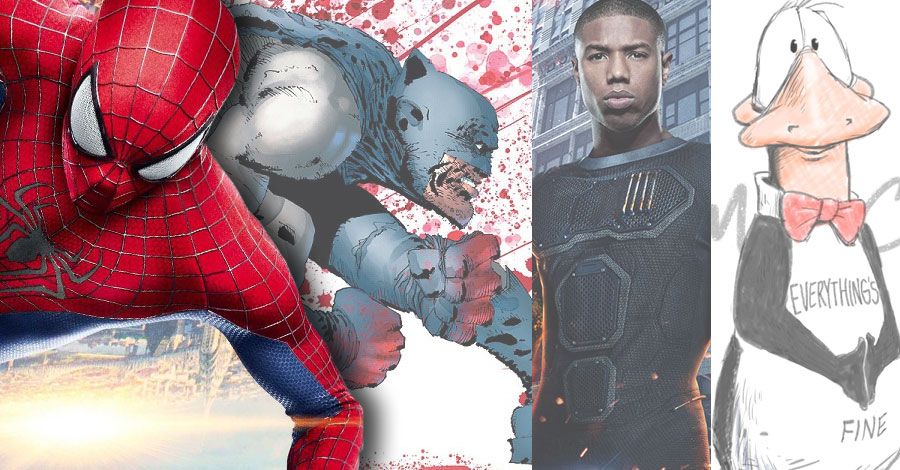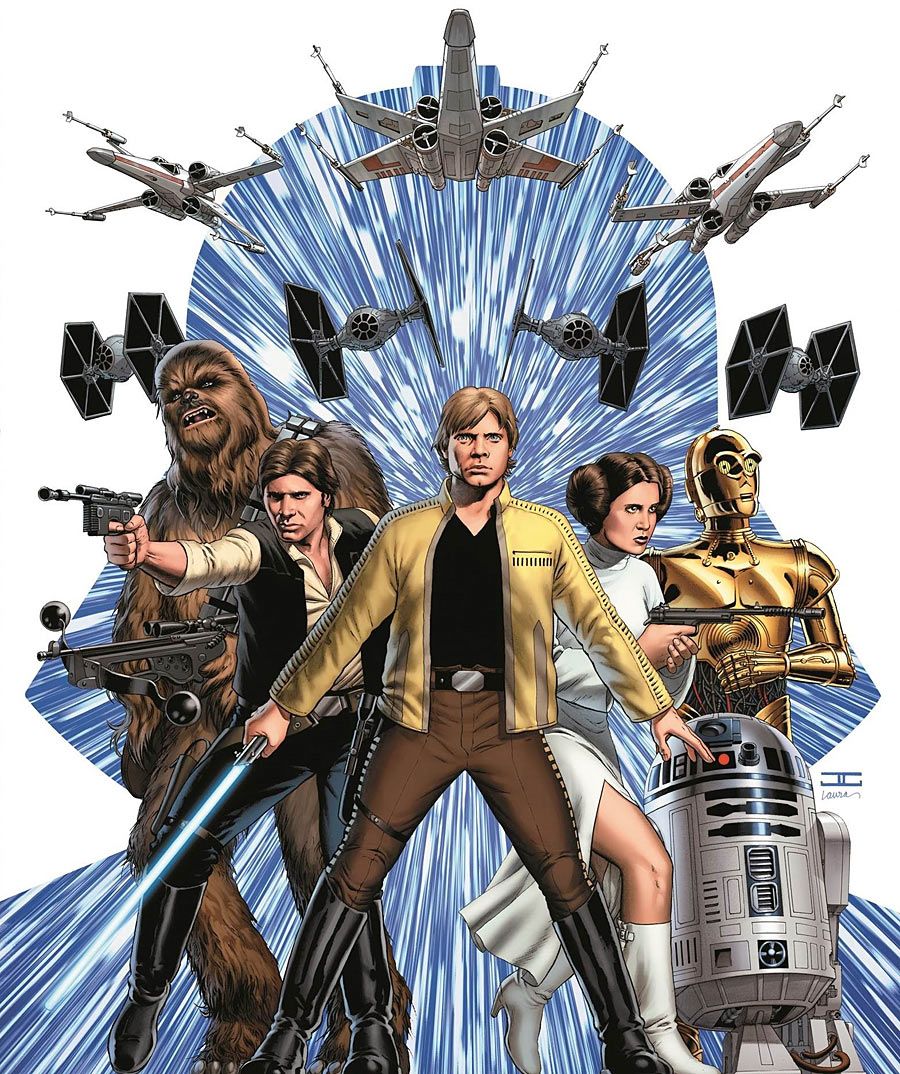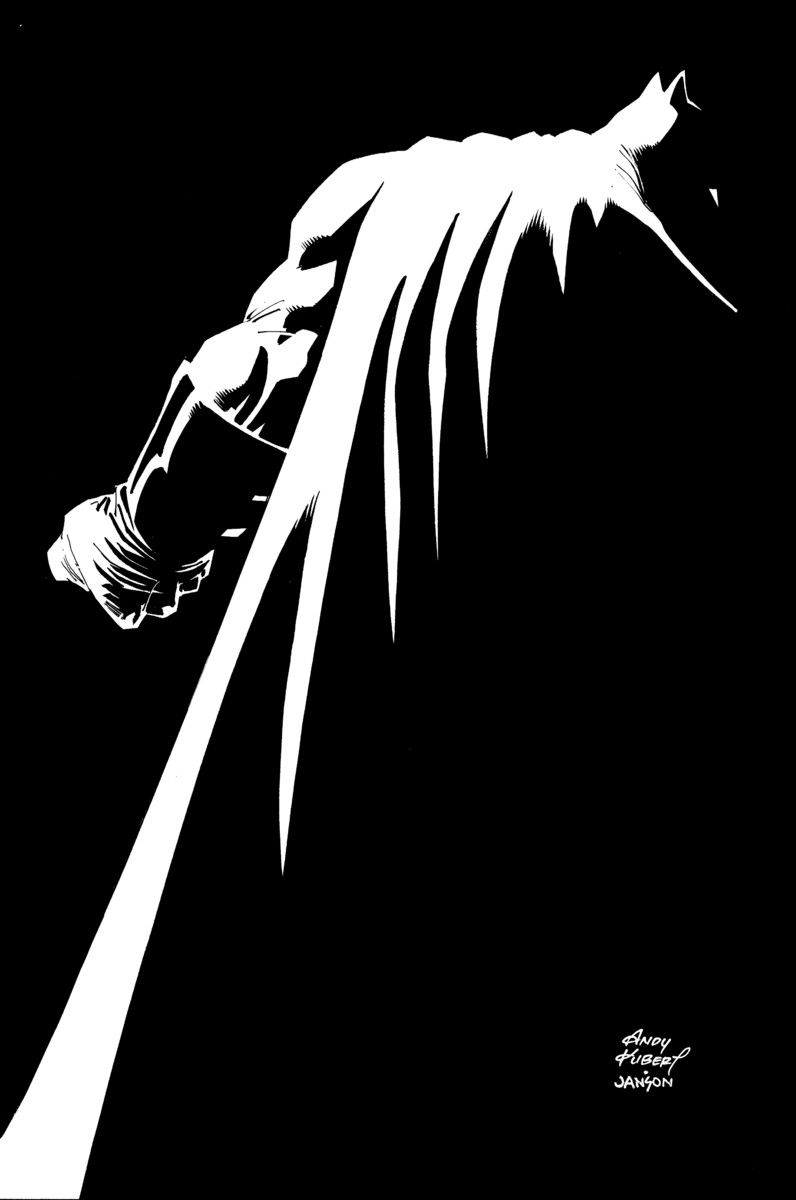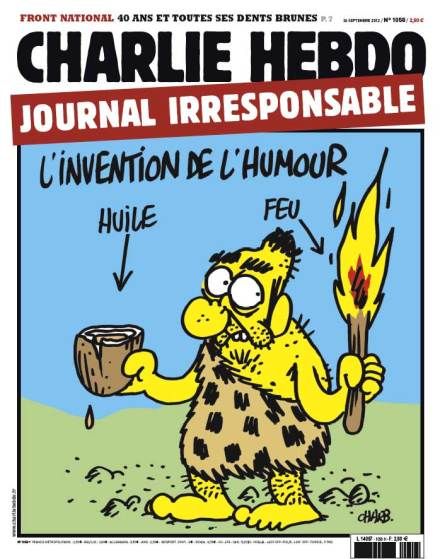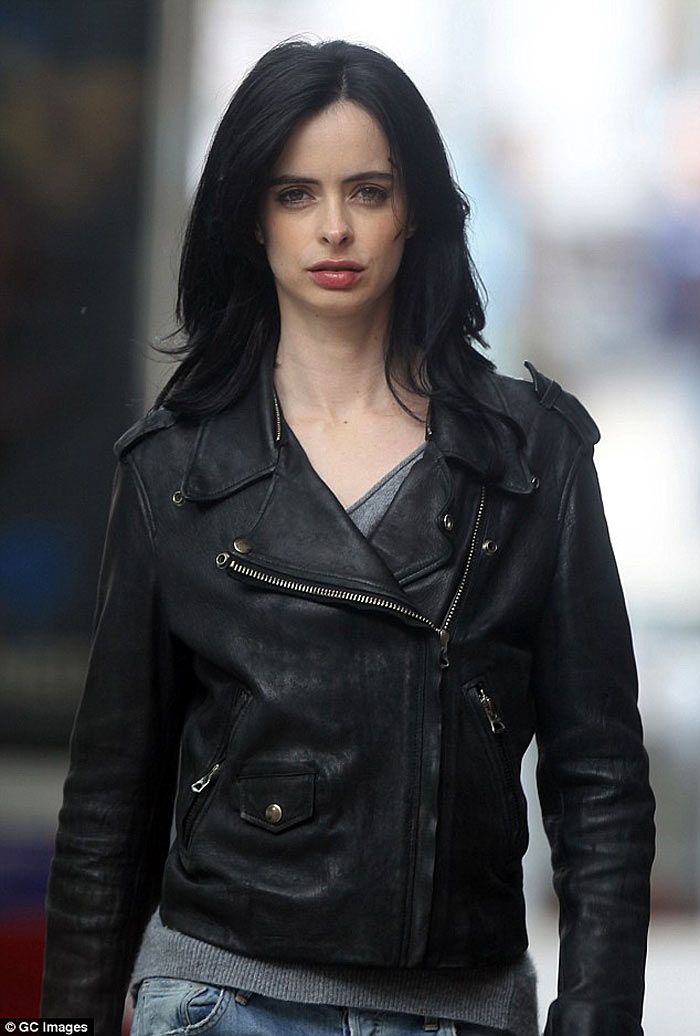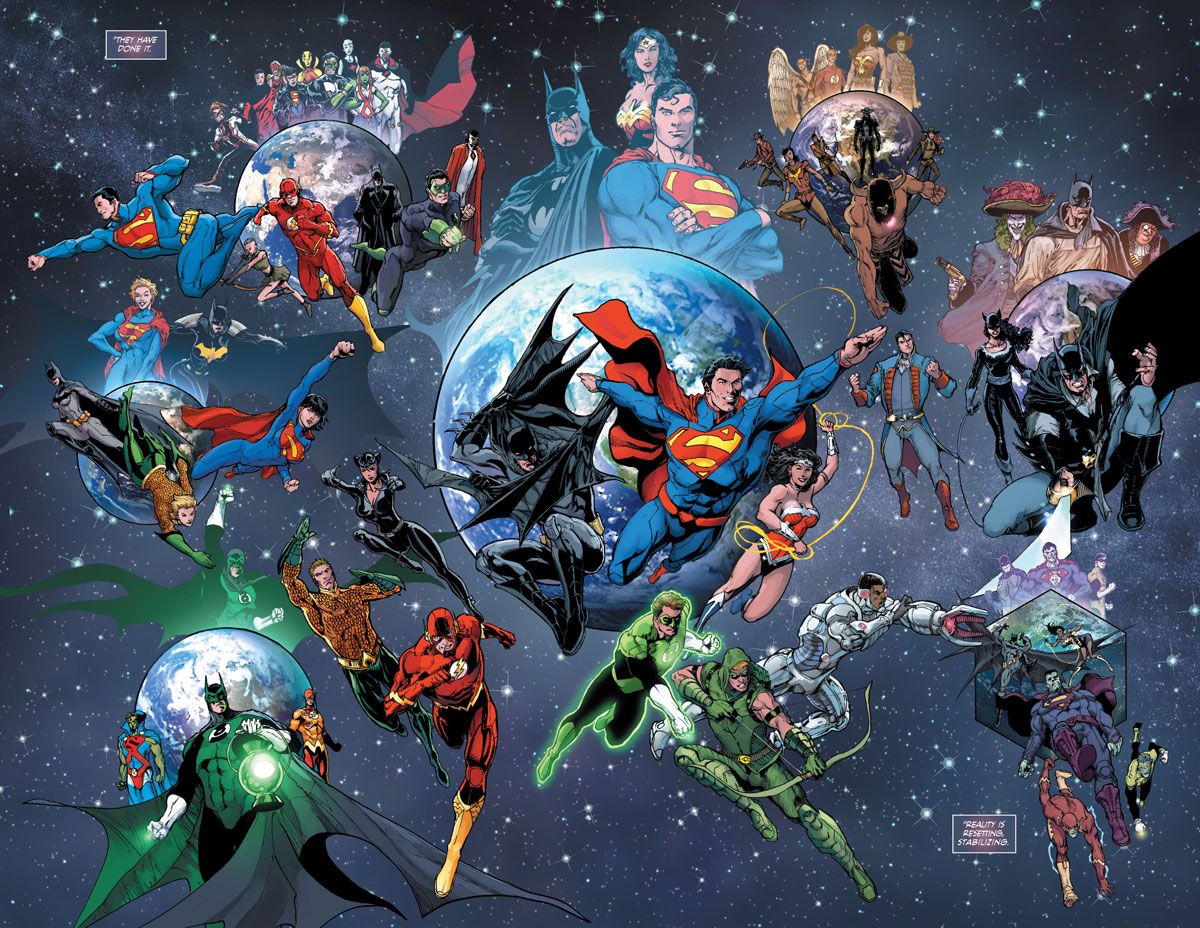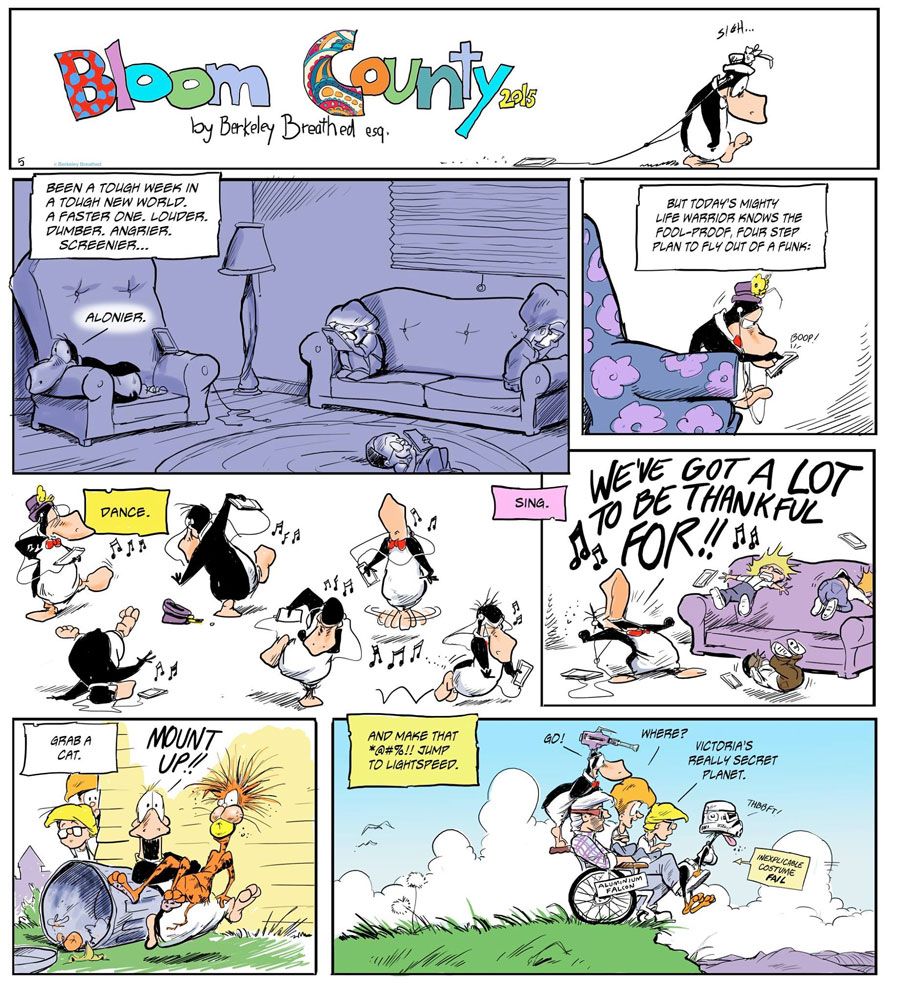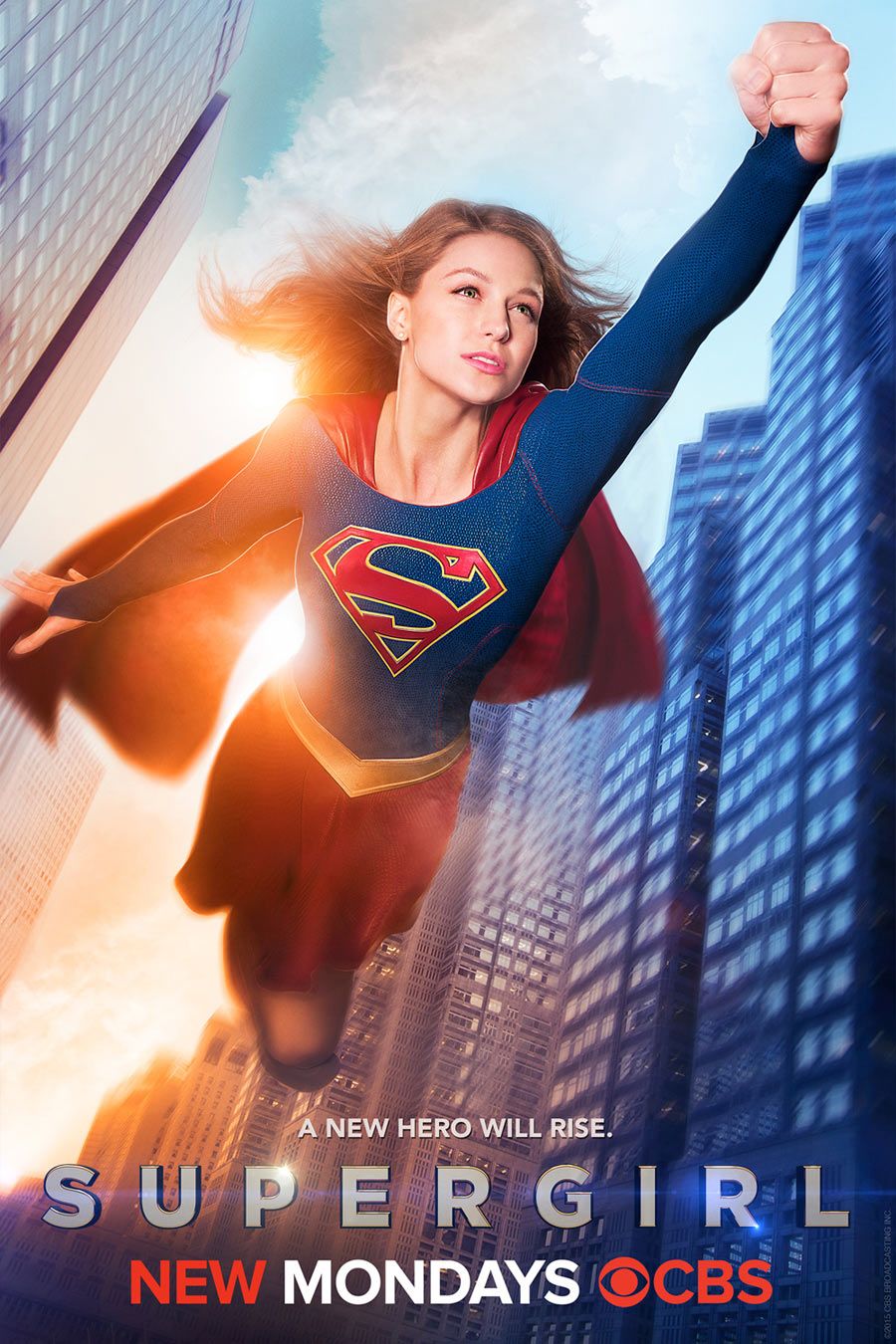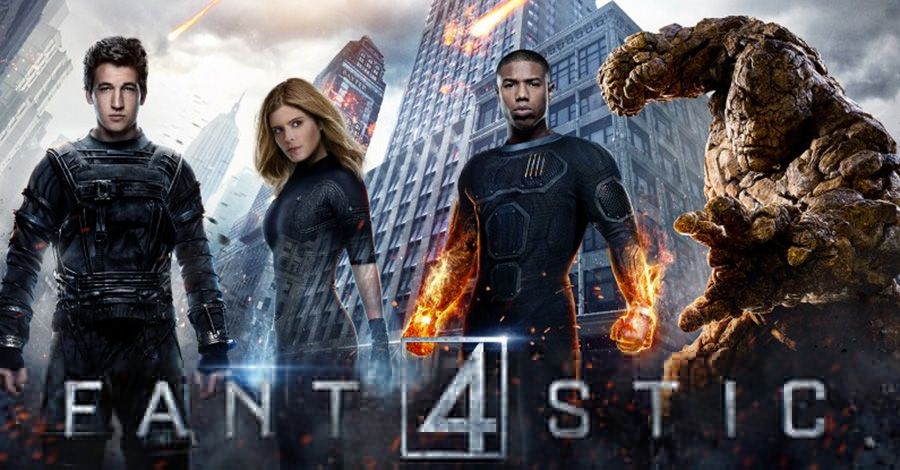We're now fully in the throes of 2016, and it's been a newsworthy year already. It's well on its way to rivaling 2015, which was 365 days packed with major news stories in the world of comic books, comic book-based movies and TV shows and genre-centric pop culture.
RELATED: CBR's Top 100 Comics of 2015: The Master List
With that in mind, here's a look at CBR's picks for some of the biggest news stories of 2015. While this isn't an exhaustive look at everything that mattered last year, it's an examination of the stories that made a major, lasting impact -- ranging from comic book publishing sales successes, international incidents, major comics-based movie developments and changes in the convention scene.
Marvel's "Star Wars" Dominates Comic Sales
Frank Miller Returns With "Dark Knight III"
After years of speculation, Frank Miller's "Dark Knight III" was announced in April at the C2E2 convention by Brian Azzarello. Miller would return for the limited series with Azzarello serving as co-writer. "For the past six months, I've been working with Frank Miller to bring the next chapter in the 'Dark Knight' to light," Azzarello said at C2E2. "It's been humbling. I've learned a lot, and I call him sensei. It's a really, really big project."
The art team for the comic, now subtitled "The Master Race," was revealed in July at Comic-Con International in San Diego: Andy Kubert and original "Dark Knight" inker Klaus Janson. The first issue's solicitation was immediately followed by numerous updates on variant covers, including retailer variants and covers from high-profile artists including Jae Lee, Sean Murphy, Lee Bermejo, Rafael Albuquerque, and many, many more.
One variant from Frank Miller himself caused quite a stir due to its raw and unrestrained depiction of Superman. Comic writer Kurt Busiek defended the cover, pointing out that Miller was most likely using his cartooning skills to harken back to the hero's Golden Age origins.
But the initial assumption that "Dark Knight III" would close Miller's story was proven false when the creator revealed that he plans to write and illustrate a fourth entry.
"I thoroughly applaud what [Brian Azzarello's] doing. But now that he's doing his, it's now a four-part series," Miller said in November. "I'm doing the fourth."
Considering the strong sales "Dark Knight III" has experienced, it's likely that DC will be open for further series from Miller. The debut issue of "Dark Knight III: The Master Race" sold over 440K copies in November, placing it in the top five best-selling comics of 2015.
"Charlie Hebdo" Massacre Puts Cartooning, Censorship in International Spotlight
On Jan. 7, 2015, Saïd and Cherif Kouachi attacked the Paris offices of satirical newspaper "Charlie Hebdo," killing 12 and injuring 11 more. The assailants identified as members of Al-Qaeda, with their motivation attributed to frequent depictions of Muhammad in the paper, which regularly mocks Islam along with other organized religions.
"Charlie Hebdo" heavily features cartoons, and five cartoonists -- Cabu, Charb, Philippe Honore, Tignous and Georges Wolinski -- were among the 12 killed in the attack. The massacre stands as one of the biggest news stories of 2015, with the show of support "Je Suis Charlie" ("I Am Charlie") echoed throughout the world.
Undeterred, in the first "Charlie Hebdo" issue following the attack, the defiant publication put a cartoon of Muhammad on its cover -- holding a sign reading "Je Suis Charlie." (Albert Ching)
Marvel Makes an Impact on Netflix
Though announced in 2013, "Marvel's Daredevil" -- the first of Marvel's Netflix television shows -- arrived on the streaming service in April 2015 and delighted fans and critics alike. Not even two weeks later, the show scored a second season, set to debut on March 18 this year. "Marvel's Jessica Jones," based on Brian Michael Bendis and Michael Gaydos' "Alias" series, debuted seven months later to similar acclaim.
But what sets these shows apart in the current superhero TV boom? The Netflix platform gave the shows the space to explore decidedly darker, more violent themes, ones which would never make it to the air on broadcast networks. From "Daredevil's" bloody hallway fight scene to "Jessica Jones'" frank discussion of rape, superheroes have entered a world unseen on television until now.
What's more, "Daredevil" and "Jessica Jones" have brought the Marvel Cinematic Universe into all-new territory. The MCU is known primarily for its lighthearted fun and rapid-fire quips -- and that works for protagonists like Captain America and Iron Man. Street-level heroes like Daredevil and Jessica Jones demand a more serious exploration of the seedy underbelly of this bright world; in their respective shows, "Daredevil" and "Jessica Jones" prove the MCU has room to grow in new, genre-bending directions, much like in the comic book source material. (Meagan Damore)
"Secret Wars" Takes Over Marvel's Lineup, DC Unveils "Convergence"
In 2015, both Marvel and DC revisited their past before moving forward.
In Jonathan Hickman and Esad Ribic's "Secret Wars" event series, the Main Marvel Universe drew to a close -- and came back to life as Doctor Doom's Battleworld. Marvel Comics made a bold move by temporarily replacing nearly its entire line of comics with "Secret Wars" tie-ins. For a few months, virtually every single series took place on Battleworld, before the line relaunched with All-New All-Different Marvel. While readers are generally able to read around event comics if they chose to, the scope of "Secret Wars" effectively made that impossible. Many of these "Secret Wars"-related series revisited prior Marvel events -- albeit in altered form -- ranging from "Civil War" to "X-Tinction Agenda."
Nevertheless, the risk paid off and Marvel Comics enjoyed continued sales success. What's more, the subsequent relaunch gave the publisher a record-setting month in October. "Secret Wars" will draw to a close this week with #9, after extending its run by one issue.
DC Comics made a structurally similar move with the "Convergence" event. Running in April and May of 2015, reportedly in part to help facilitate DC publishing's move from New York City to Los Angeles, "Convergence" was a two-month break from current DC Universe continuity, and saw reunions of characters and creators like Dan Jurgens back on "Superman" and Len Wein returning to "Swamp Thing." Like "Secret Wars," the main "Convergence" series was also a sales success, and led to a new launch: In DC's case, the "DC You" initiative that saw a couple dozen new #1s, focusing on accessible and diverse books that were light on continuity. (Meagan Damore)
"Bloom County" Returns
Not even the keenest of industry observers predicted the July revival of "Bloom County" after a 25-year absence, only not in the funny pages but instead on creator Berkeley Breathed's Facebook page. However, it's probably fitting that the Pulitzer Prize-winning cartoonist who helped to reshape the boundaries of the newspaper comics page, even while bristling at its constraints, chose to abandon the medium - sidestepping syndicates and editors in the process -- for the triumphant return of Opus, Bill the Cat & Co. (Don't worry, the new strips will be collected in full color by IDW Publishing.)
"Bloom County's" revival comes as newspaper revenues continue to shrink, along with their budgets for syndicated comic strips, a state of affairs most illustrated again just last month by the end of "Edge City" after a 15-year run. Readers prefer decades-old legacy strips like "Blondie" and "Beetle Bailey," leaving little room for new content. Universal Uclick President John Glynn said his syndicate used to debut three strips a year, but now, he told The Philadelphia Inquirer, "We'll launch maybe one a year, just because the appetite for new content hasn't been there." (Kevin Melrose)
Major Victories for Women in Comics
From the well-received launch of CBS' "Supergirl" series, to the critically-acclaimed "Jessica Jones," to the spectacular amount of ladies nominated/awarded Eisners, 2015 was a outstanding year for women in comics. And with characters like Kamala Khan, Squirrel Girl and Batgirl at the top of many Best Of lists, it's clear that readers are more supportive than ever of women taking center stage.
Here are just a few highlights of women in comics in 2015: Female comics retailer group The Valkyries reached 500 members; Janelle Asselin successfully Kickstarted Rosy Press, the all-digital revival of romance comics with a primarily female creative roster; Marvel Comics launched the all-female Avengers line-up in "A-Force," written by G. Willow Wilson and Marguerite Bennett; as of 2015, Marvel had 17 all-women led titles; in the wake of several comics conventions neglecting to include female panelists, Comic Book Women -- an organized group of female comics pros -- opened up as a resource for convention organizers to help find, contact, and promote the presence of ladies at conventions (full disclosure: I am a proud member of this group); Kieron Gillen and Jamie McKelvie confronted issues of misogyny and sexism for an entire arc of their best-selling Image Comics series "The Wicked + The Divine;" Mariko and Jillian Tamaki's "This One Summer" won the Eisner Award for Best Graphic Album (the two main characters of the book are young girls); DC Comics acknowledged the need for more diversity in their lineup and launched the multiplatform DC Super Hero Girls campaign, which has received mixed reactions but is a step in a better direction and aimed directly at a young, female audience.
Hopefully, this trajectory will continue in 2016 as even more women rise as fans, creators and comics professionals. (Casey Gilly)
"Fantastic Four" Bombs at the Box Office
For years, people have wondered when the comic book movie bubble would burst at the box office. It hasn't, and with "Batman v Superman: Dawn of Justice" and "Captain America: Civil War" both on the way in the next few months, it likely won't any time soon -- but one superhero movie stumbled big time last year.
20th Century Fox's "Fantastic Four" reboot was plagued with bad press from the start, whether it was reports of director Josh Trank allegedly exhibiting bizarre on-set behavior or fans not happy with changes made to the 50-plus-year-old Marvel comic book series. So while expectations weren't sky high for the film at any point, it's actual performance was a sign that comics-based superhero movies aren't a sure thing: $56.1 million grossed at the North American box office off of a reported $120 million production budget ($111.9 million in foreign gross), and overwhelmingly negative reviews resulting in a dismal 9 percent score on Rotten Tomatoes.
With Marvel's "Fantastic Four" comic book series also ending in 2015, it wasn't a good year all around for Marvel's First Family. (Though don't count them out entirely -- Thing is now a main character in the "Guardians of the Galaxy" comic book, while the Human Torch is over in "Uncanny Inhumans.") It remains to be seen what will happen to the live-action "Fantastic Four" -- a sequel, announced long before the film's release, certainly seems doubtful at this point -- it's a good bet that Fox will do what's needed to hold on to the license as long as possible, and give another shot at making it work. (Albert Ching)
Convention Consolidation
Conventions remain a major part of the comic book industry, but the business continues to evolve. Small, local comics conventions seem to pop up like mushrooms after a rain, but in 2015 it was another story on the larger end of the scale -- one of consolidation.
The year began with ReedPOP, producer of C2E2, New York Comic Con and other shows, acquiring Seattle's well-respected Emerald City Comic Con. That was followed in April by the purchase of Orlando's MegaCon by Informa, which owns Fan Expo Canada organizer HobbyStar and Dallas Comic Con.
With the Steve Wozniak-backed Silicon Valley Comic Con debuting this March in San Jose, and WonderCon making its Los Angeles debut a week later -- following four years in Anaheim, after moving from its longtime Bay Area home -- 2016 already looks like another newsworthy year for comics conventions. (Kevin Melrose)

